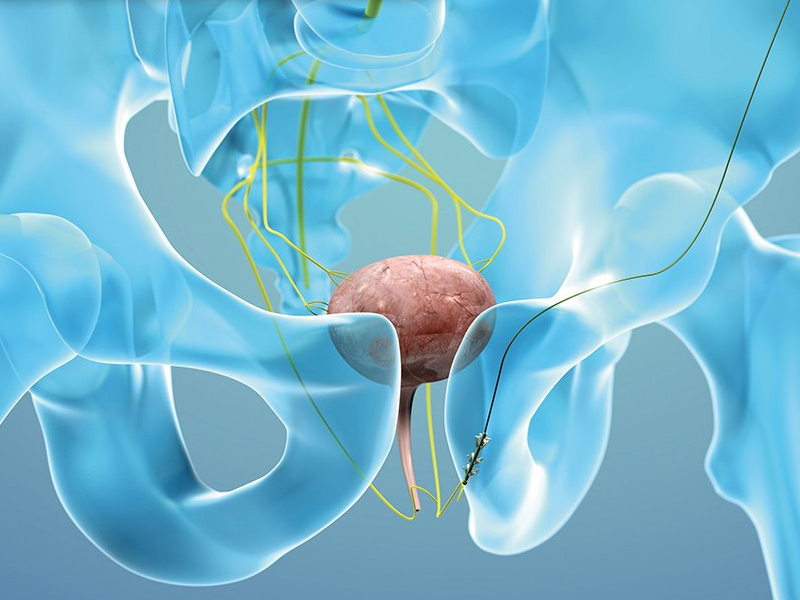Bladder Pacemaker
Today, urinary incontinence, also known as urinary incontinence, is a common health problem affecting millions of people worldwide. This condition can be caused by a variety of factors, such as aging, pregnancy, childbirth, certain health conditions or surgical interventions. Fortunately, modern medicine offers constantly evolving and innovative solutions for the treatment of urinary incontinence. One of these solutions is an effective medical device used to control urinary incontinence, known as a “Bladder Pacemaker”.
1. What is a Bladder Pacemaker and How Does It Work?
A bladder pacemaker is a medical implant designed to help people with urinary incontinence. This device provides control of the bladder muscles by stimulating the nerves in the urinary tract. The Bladder Pacemaker can be used for different types of urinary incontinence and works through a method called neurostimulation. In this method, the device’s electrodes are implanted in nerves near the bladder. The device’s battery unit is placed outside the body and controls the bladder muscles through regular electrical signals sent to the electrodes. With the help of a remote control or a special device, patients can control the operation of the device and receive the necessary alerts to better hold urine.
2. Bladder Pacemaker Advantages and Risks
The Bladder Pacemaker offers significant advantages for many people suffering from urinary incontinence. Firstly, this device significantly reduces urinary incontinence, helping patients to normalize their social life and daily activities. The Bladder Pacemaker can be effective even in patients who do not respond to medication or surgical interventions. Furthermore, implantation of the device has a low complication rate and patients usually recover quickly after the procedure. However, like any medical intervention, the Bladder Pacemaker carries some risks. The most common complications include infection, electrode movement, battery failure or failure of the device to function. However, the risks can be minimized with a proper application by specialist surgeons.
In conclusion, the Bladder Pacemaker is a promising treatment option for patients suffering from urinary incontinence. By controlling urinary incontinence, this innovative device improves patients’ quality of life and helps them to normalize their social life. However, as with any medical treatment, the Bladder Pacemaker has some risks and should therefore be properly assessed and administered by qualified healthcare professionals. With future developments and technological advances, the efficacy and safety of Bladder Pacemaker will further increase and its positive effects on the quality of life of those suffering from urinary incontinence will continue.


